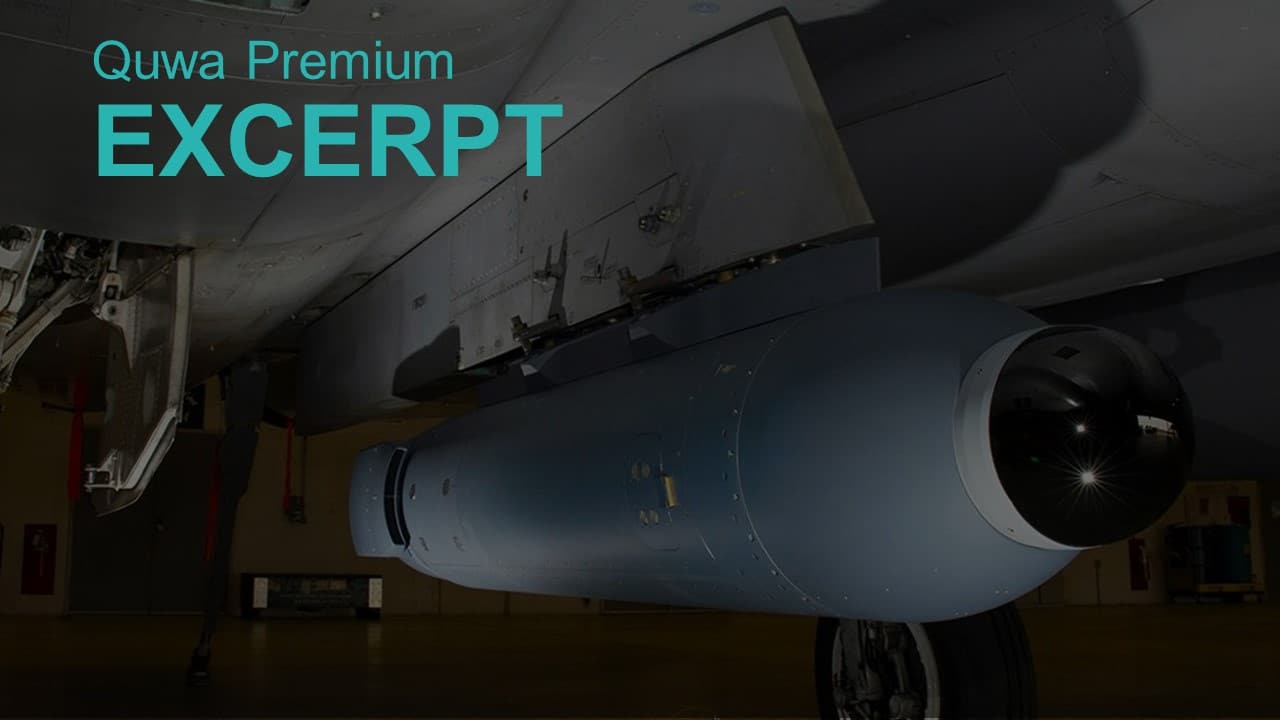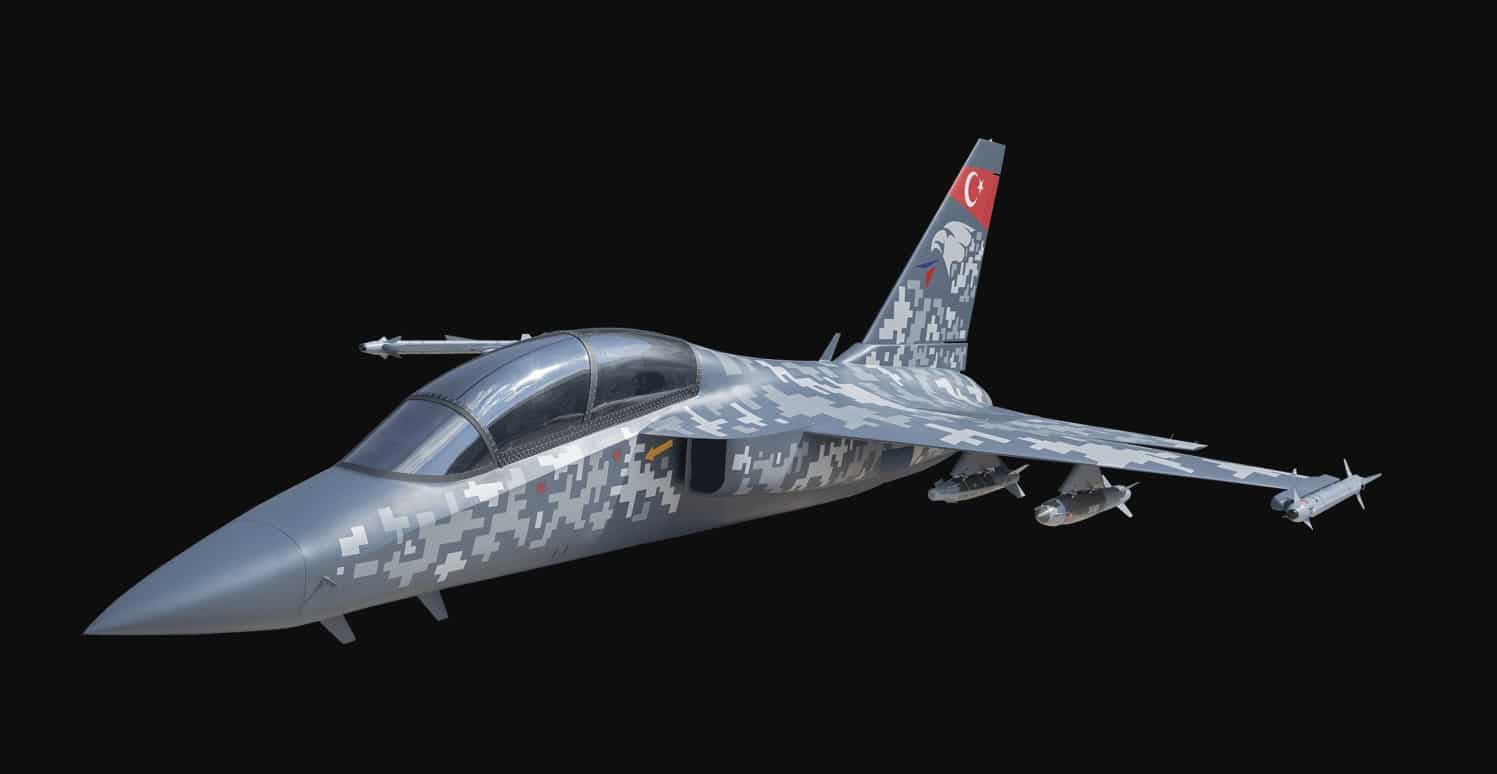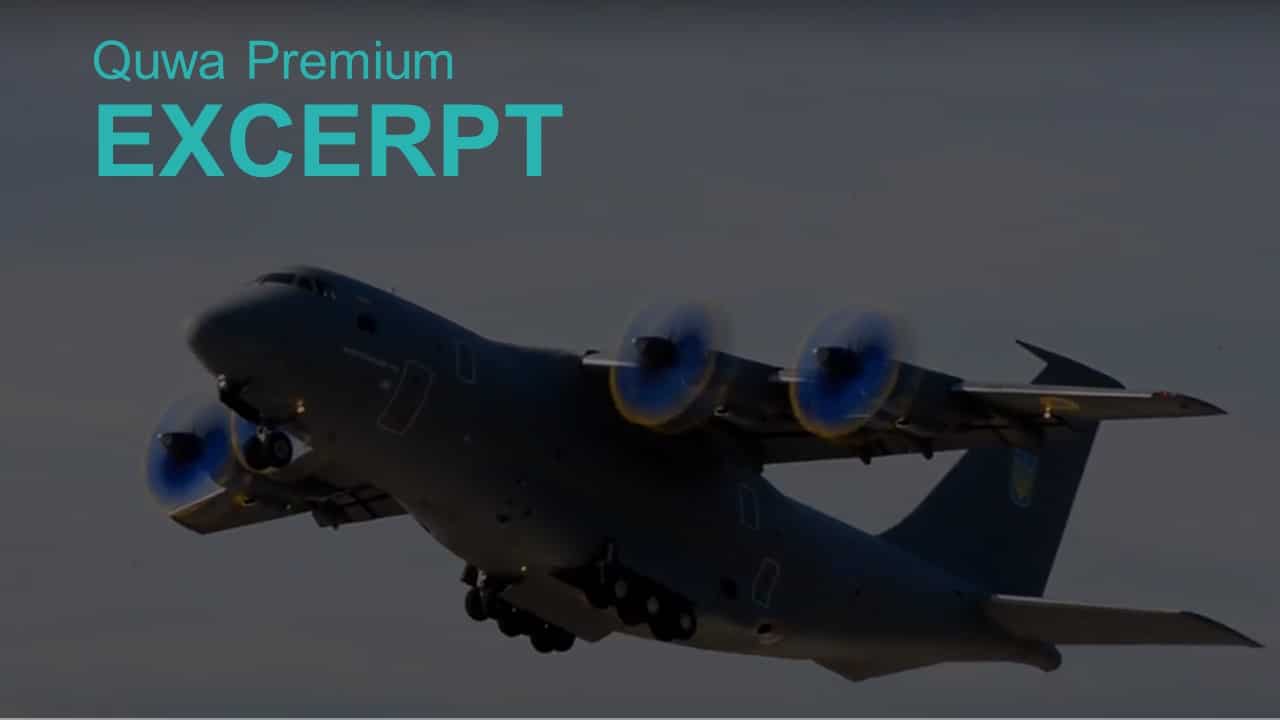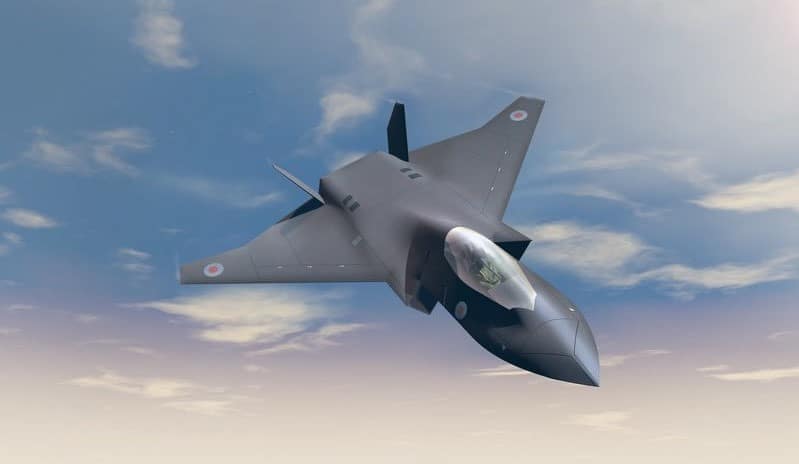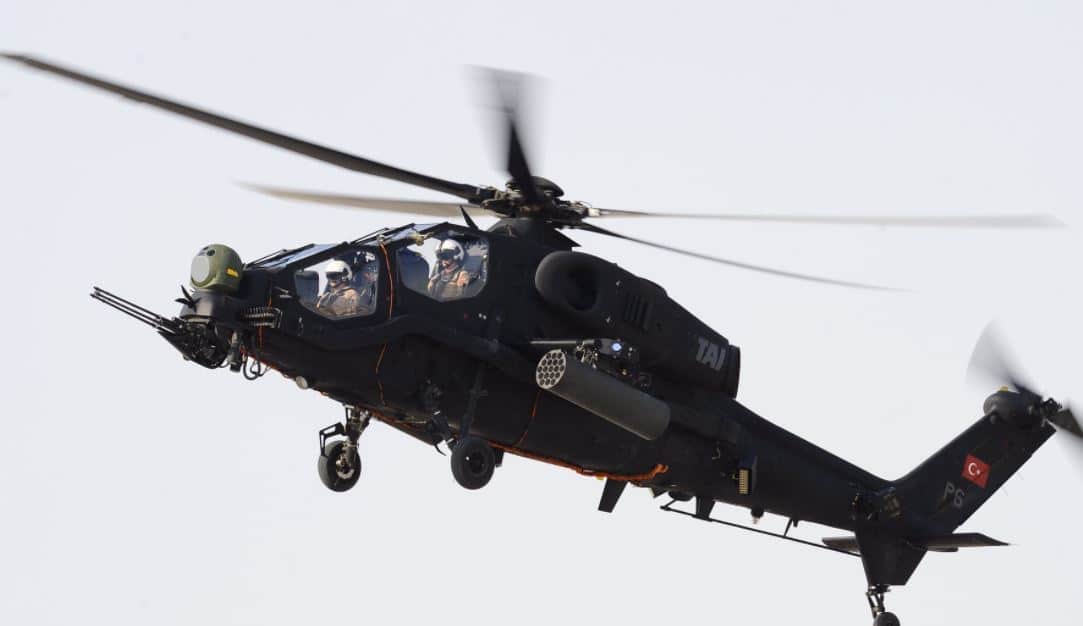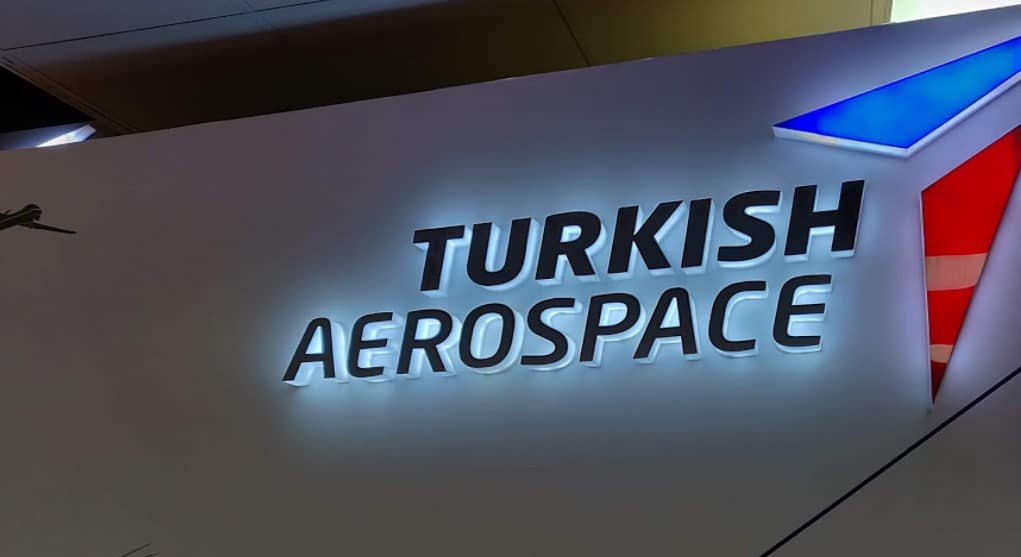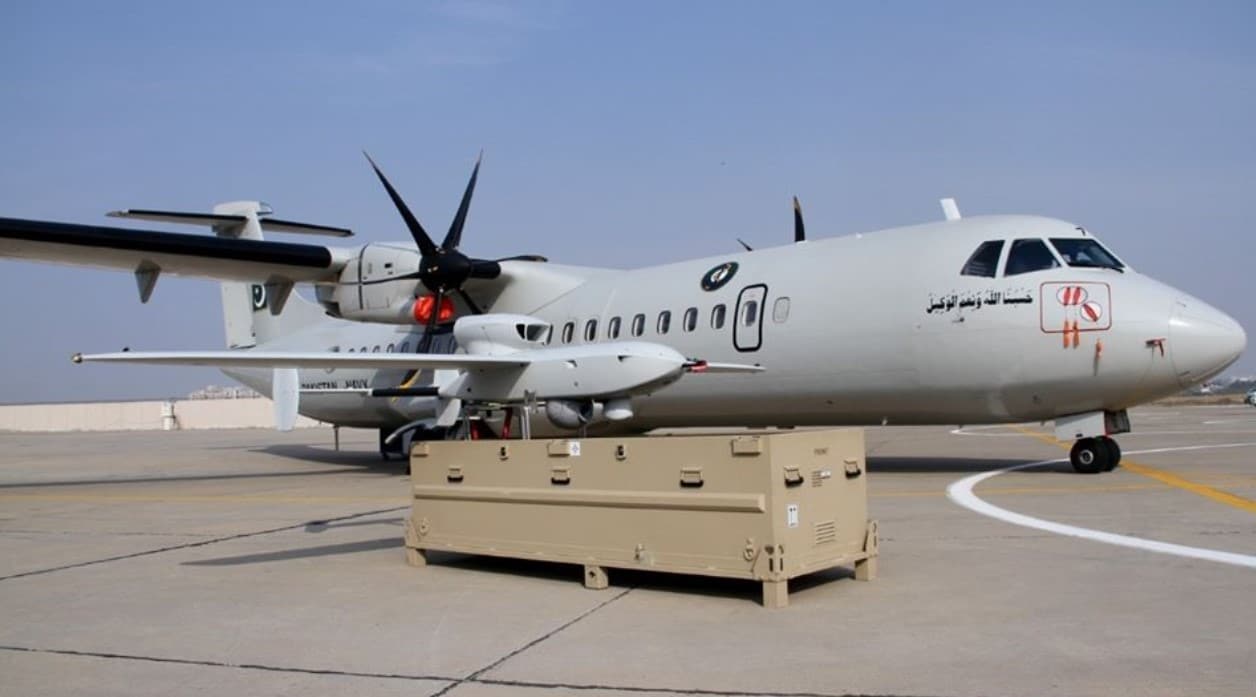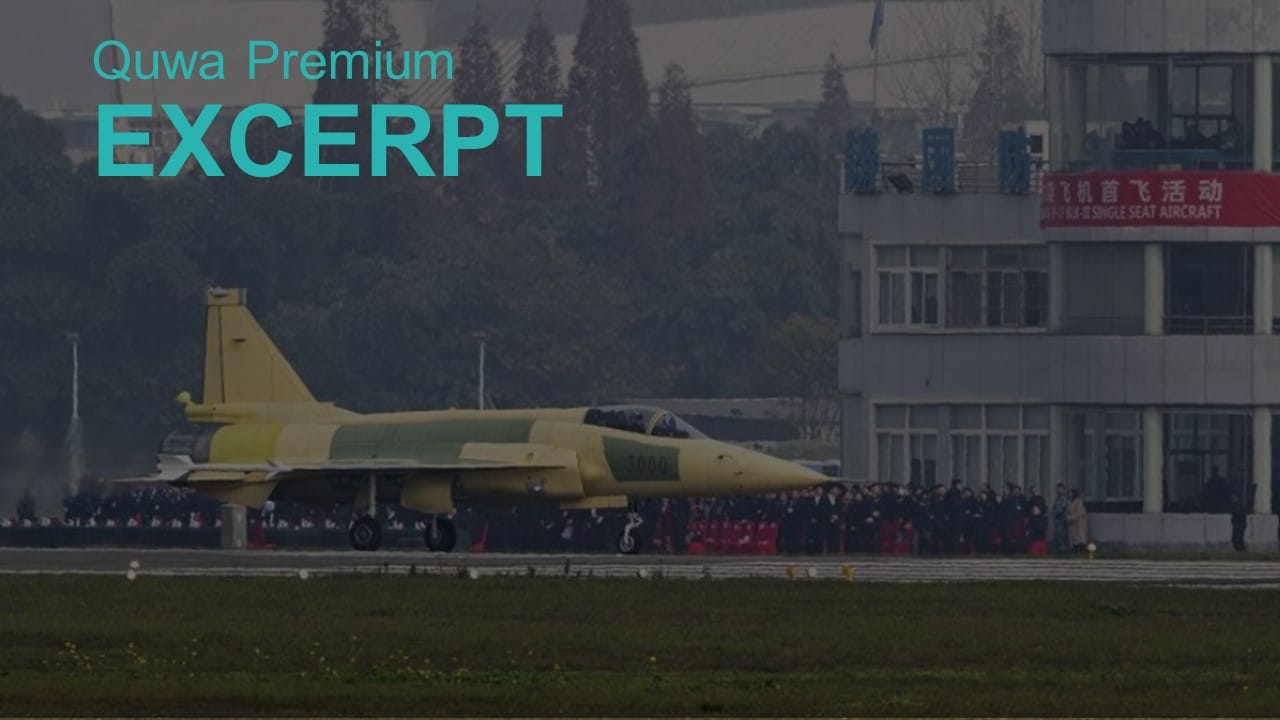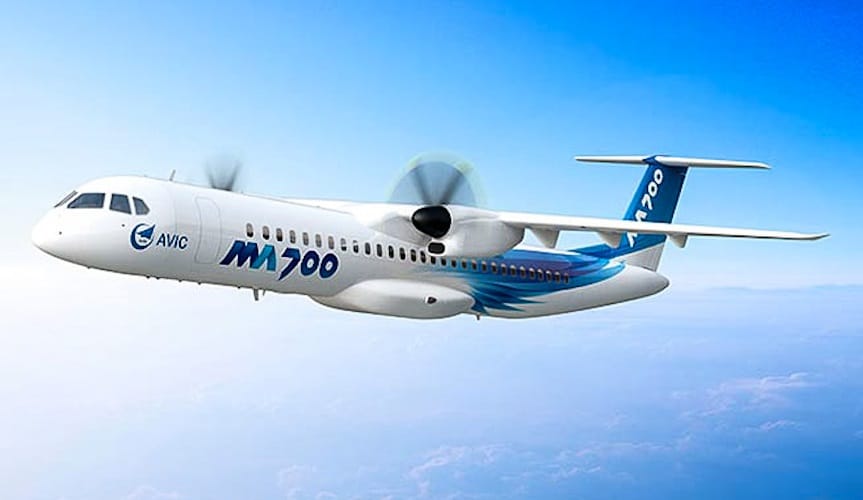IFS, the global enterprise applications company, announces that EaglePicher Technologies, a leading producer of batteries and energetic devices for aerospace, defense and medical markets, has chosen IFS Applications™ as its central enterprise resource planning (ERP) system of record.
The JF-17 Block-III is likely to incorporate a dedicated hardpoint for special mission pods, and while the addition of targeting and electronic warfare pods is confirmed, Pakistan should consider fitting the JF-17 with an infrared search and track (IRST) system as well.
Turkish Aerospace’s CEO announced that the company invited Malaysia to participate in the production of the Hürjet trainer/light combat aircraft and TF-X next-generation fighter.
Ukraine is implementing an extensive re-armament program for its armed forces along, in tandem, with growing the output and activity of its defence industry. The policy was cemented in August 2017, when Ukraine’s President, Petro Poroshenko, announced that Kiev was “launching a…
Leonardo UK demonstrated a next-generation radar warning receiver (RWR) system that it says is four times as accurate as existing RWRs, but one-tenth the size.
According to Turkey’s President of Defense Industries (SSB), Dr. Ismail Demir, Pakistan extended its delivery window for the T129 ATAK attack helicopter by one year.
Turkey’s main aerospace contractor Turkish Aerospace Industries Inc. (TUSAŞ) opened an office in Pakistan’s National Science & Technology Park in 2019, becoming the first Turkish entity to do so.
The Pakistan Navy’s (PN) Director General of Public Relations announced that the PN inducted ATR-72 maritime patrol aircraft (MPA) and Luna NG unmanned aerial vehicles (UAV).
In December 2019, the prototype of the JF-17 Block-III made its maiden test flight at CAIG’s facility in Chengdu. The Block-III retains the airframe of the preceding Block-I and Block-II, however, though the design will incorporate a range of new subsystems and…
Pakistan Aeronautical Complex (PAC) signed an agreement with the Aviation Industry Corporation of China (AVIC) to “co-produce” the latter’s commercial aircraft.


